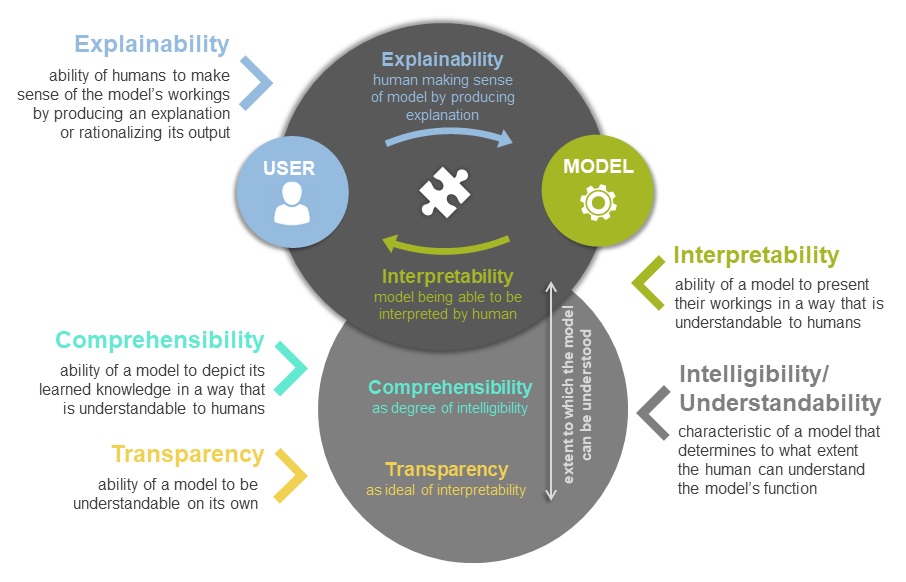This group of practices was developed and collected by BAK, basis voor actuele kunst, in Utrecht, Netherlands, as a resource for their summer school course “Propositions for Anti-Fascist Living: Art and Practice in the Otherwise”, which ran in Utrecht on 16-20 July 2018, as well as a longer term project of the same name.
Here we are sharing these practices as a basic resource for facilitation that can help work through power differences and different styles of participation in the classroom. These techniques are brought to the blog by Loren Britton, who was a tutor at the said summer school.
Consensus-Based Decision Making
- Often used in socialist activist collectives and those less interested in liberal democratic models based on representation and majority voice.
- Rather than a majority ruling, it looks for solutions that everyone can support or at least live with; for instance, with the agree/disagree/neutral hand signals (and blocking), you can, without long pauses in the conversation or interruptions, see if anyone has qualms that can then be quickly addressed. This also allows for a differing level of and practice of consent.
- Helpful hand signals that can be integrated into other kinds of discussions, making it easier to facilitate (question, technical point, direct response, proposal, new point, agree/disagree/between, block, etc.). These change from context to context and often groups invent their own signals depending on what comes up for them.
This also helps with stacking because different kinds of input are categorized so the discussion can be managed better. For instance, if you know one person has a direct response, one person wants to make a technical point, and one person has a proposal for something, you can assess an order that would be timely and keep the conversation flowing.

Stacking
- When people are raising their hand or during discussion, instead of calling on people one at a time, take a stack (write down their names). That way, they can continue to engage in conversation instead of trying to get the facilitator’s attention. Hand signals help it even better. Make sure the stack taker (and all facilitators) have pen and paper to write down the stack. If responses get too long into the schedule, ask if it is ok to put the stack in the garden (see garden below) for now and come back to the topic later/the next day.
- This helps ensure that the first person to feel comfortable raising their hand or jump in does not dominate the conversation, and multiple hand raises/comments/interruptions by one person do not overtake things. It also allows for people to have a bit of time before they jump in.
- This is also a good place to pay attention to who is using space; in a stack, you can prioritize those who have not spoken yet, while if people are just called on in turn, the fastest person may continue to be called upon; be transparent about this, explain that that is why you are reordering the stack. Also make sure to pay attention to how people are taking space. If someone, for instance, is taking space to talk about others’ experiences of oppression, point that out; if someone is taking up space to speak of their own experiences of structural oppression (different than comfort), allow space for that as it is something that traditionally is denied space. Please refer to ideas discussed in Robin DiAngelo’s Anti-Racist Text: White Fragility to help parse through dynamics that may arise but can be difficult to read, especially its discussion on comfort vs. safety. Again, these are active ways of changing the well-developed patterns that continue in many spaces, a way of intentionally working toward being together otherwise.
Garden
- Keep a list on the board/an A1 of topics that are important, but that are off topic or are spinning the conversation away from its expressed goals; make sure to come back to those topics to see if they still need discussion and/or do so. Build “garden time” into your schedule
Collective Writing/Guidelines
- At the beginning of the session, write collective guidelines; this gives ownership to the space for people, helps everyone get to an agreeance and establish common ground and a structural support to refer to.
- Consider brainstorming with your co-facilitator some guidelines you would like to include—you are part of the group as well!
- Some key guidelines that many choose to include:
- Movement is good (especially in groups with many forms of ability)
- Be generous with each other or Call ins/outs are care work (if someone points out prejudice, complicity with structural violence, that you did not follow collective guidelines, try and recognize that this is not easy work and not an offense, but a response to what was done and listen; try and do the work of calling people in/out so that the whole group can learn and move together)
- One diva one mic (no interrupting)
- Move up move up (e.g., if you are a person who talks a lot, move up and talk less; if you are a person who does not talk, move up and try and talk more)
Sticky Notes
- Good for a group evaluating a specific practice/project/piece, and allows people to contribute ideas without necessarily having to raise their hands and speak. Create columns entitled, for instance, puzzles (unanswerable questions); risks; appreciations; wishes for improvement. Then people can write things on sticky notes and place and move them around in the columns. They can also combine them for new propositions.
Individual Writing or Small Groups/Pairs—aka Think/Pair/Share
- This is good often for breaking the ice, or for switching up strategies when it seems some are dominating or folks are not engaging with the style being used
- either: individual brainstorming; break into small groups for discussion so folks have more air space; do a short writing, then pair with someone and share—that way one person speaks and the other is silent and listens and then they switch—this gives people the chance to warm up and practice both roles
Check In/Check Out
- This helps people transition in and out of the space; it is good for switching up the traditional introduction round that can be a bizarrely neoliberal pressure to sell everything interesting about yourself; it also gives the opportunity for a pronoun round, which is mostly for folks who often are misgendered to have a normalized space to let people know how to be respectful.
- At the beginning and end of each session, go in a round or popcorn style and people answer a small prompt (2 adjectives describing how you are feeling; why you are here; roses and thorns; what you have taken today; one question that still feels unanswered). People can pass if they choose.
For more inclusive, participatory facilitation techniques, see here
Image source: Ruben de Haas email – http://occupydesign.org/7789, CC BY-SA 3.0, https://commons.wikimedia.org/w/index.php?curid=51348527


Be the first to reply